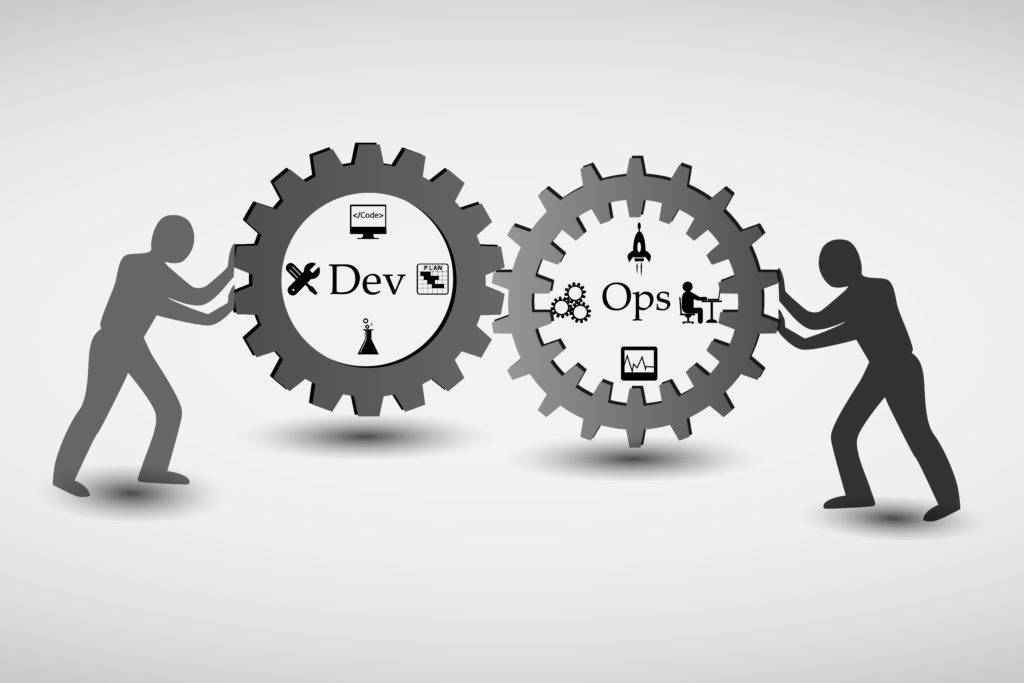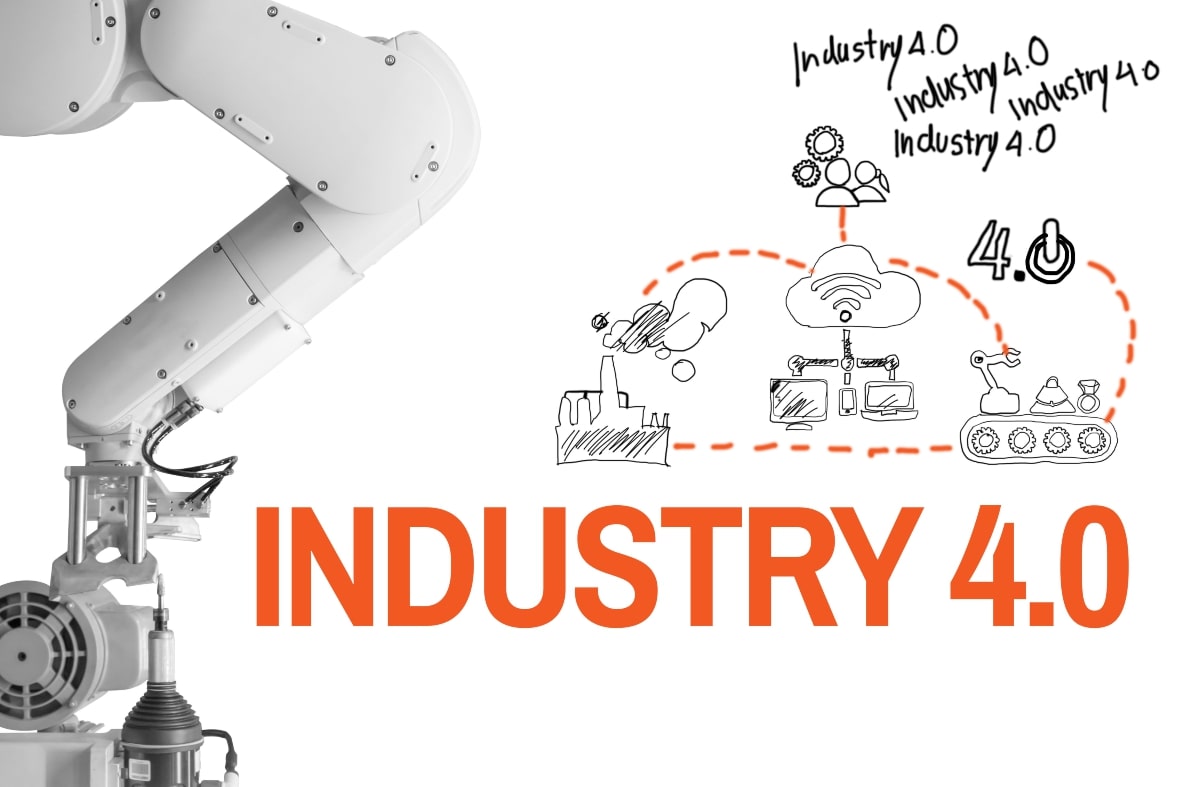Advances in technology have taken automation beyond the traditional data centre and the cloud. More and more companies now invest in intelligent capabilities at the edge. They need robust automation capabilities to manage a multitude of devices.
Hallmarks of a Good Infrastructure Automation Platform
Infrastructure changes and evolves, more so in today’s fluid digital landscape. Infrastructure automation platform automates on-premises, cloud-based and edge infrastructure. Most platforms perform basic analysis of infrastructure trends and adjust automation. Leading platforms adjust intelligently and function seamlessly, even as the infrastructure changes. Leading automation platforms now co-opt Artificial Intelligence to drive efficiency improvements.
Today’s digital landscape is also fragmented. Leading infrastructure automation platforms integrate seamlessly with a wide array of third-party tools and resources. It co-opts enterprise service management platforms, DevOps pipeline tools, and CMDB platforms.
Top automation platforms offer strong compliance functionality. They provide out-of-the-box compliance checks and test changes before execution. Intuitive dashboards allow compliance professionals to review and control the infrastructure state easily.
Scalability is now indispensable. Leading infrastructure management platforms scale-up to more than 250,000 devices. The scale-up extends to new devices and beyond the cloud and data centre.
The Top 11 Infrastructure Automation Platforms

“The Forrester Wave: Infrastructure Automation Platforms, Q3 2019” lists eleven top infrastructure automation providers. The providers classify into leaders, strong performers and contenders, based on their features and functionality.
- Leaders: Red Hat, Microsoft, VMware, and BMC software
- Strong Performers: Saltstack, HashiCorp, Puppet, Chef software, Microfocus, and Turbonomic
- Contender: northern.tech
1. Red Hat
draws its strength from its huge and powerful open source community.
Red Hat is perfect for customers seeking a holistic infrastructure automation solution. The company’s acquisition of Ansible, a powerful automation tool, added several enhanced capabilities. The platform drives seamless orchestration, integration, configuration management, and governance through multiple products.
2. Microsoft
Microsoft has leveraged its brand advantage well in the I&O platform segment. The company offers many tools for automating infrastructure across environments. The top product is the SaaS-based Azure Automation.
Key USPs includes robust governance tools and seamless integration with other automation engines. Model creation and editing, DevOps integration, and compliance are other strong points.
Microsoft is a good fit for enterprises seeking to set up an automation stack easily.
3. VMware
VMware offers a menu of solutions that work well together. Key strengths include model creation and editing, application awareness, and access management. It suits users who need a comprehensive automation stack, which is not too complex.
4. BMC software
BMC software positions functionality as its key USP. The platform offers advanced automation across myriad types of infrastructure. The platform is an agglomeration of several applications acquired by the company. BMC has succeeded in integrating all the diverse acquisitions well. The platform is especially good at analytics, reporting, and compliance. The suite is best for managing a diverse set of heterogeneous infrastructure components.
5. SaltStack
SaltStack prides on its scalability and strong feature set. It is also easy to set up and use. Another key USP is flexibility. The platform makes orchestrating complex environments easy. The robust event-based execution engine boosts scalability.
6. Hashi Corp
HashiCorp’s Terraform enterprise version is built on top of the popular open-source project of the same name. The platform is strong in API interactions, model editing, and DevOps integration. It also provisions systems across hybrid clouds easily.
Terraform works well with other automation solutions focused on legacy infrastructure management.
7. Puppet
The open-source Puppet engine supports a wide array of hardware and software platforms. It is a favourite of the DevOps community. The platform has strong compliance orchestration and task management capabilities. It enables enterprises to download prebuilt modules, shortening the automation lifecycle. A robust community is another plus point.
8. Chef Habitat
Chef Software’s Habitat offers application-centric automation support.
Habitat has a very strong feature set. The platform offers robust governance and compliance automation, and strong configuration management capabilities. It also facilitates ad hoc automation well. Classy dashboards and intuitive analytics add to the attractiveness.
9. Micro Focus
Micro Focus provides well-rounded automation solutions for myriad infrastructure scenarios. It is a good choice for enterprises seeking flexible infrastructure automation platforms. The company has an established track record for over 40 years.
10. Turbonomic
Turbonomic, formerly VMTurbo, leverages Artificial Intelligence to further automation. USPs include advanced automation engine and strong control over the system stack. The intelligent automated workload placement matches application demand to infrastructure. The platform enables making optimal use of available resources.
11. Northern.tech
Northern.tech’s Community edition is an automation veteran. Its Cfengine, created in 1993, offered the prototype for many configuration management tools in vogue today. The small engine is a perfect fit in embedded devices.
Cfengine scores very high in efficiency and can scale up rapidly. The tool is very popular in a wide array of use cases, from internet-of-things (IoT) to satellites.
These platforms are not an exhaustive list of the available infrastructure automation platforms but these and several other upstarts unlock a world of convenience and possibilities. These platforms now execute hitherto complex, time-consuming projects in a flash.











